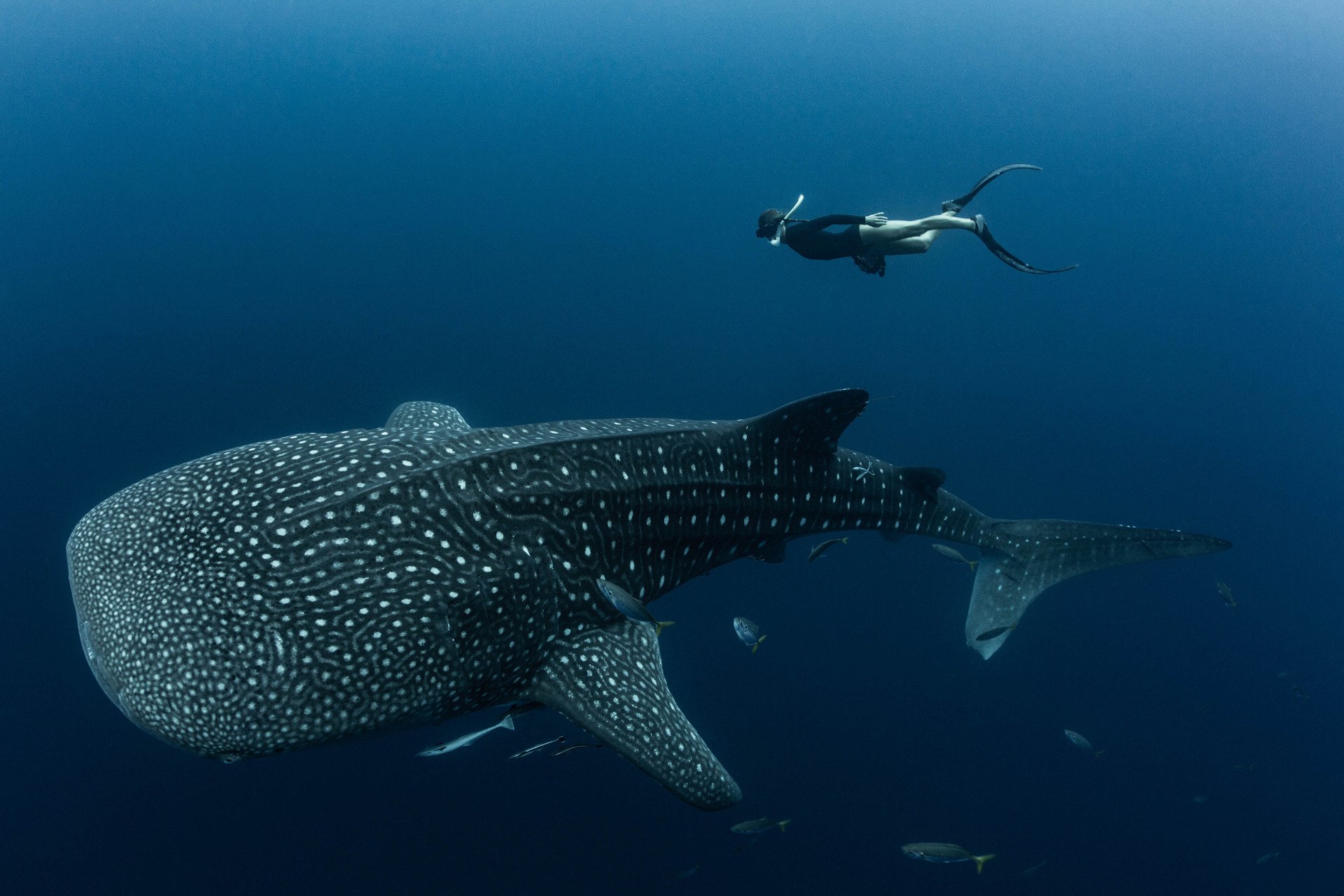UPDATE: A shocking new study reveals that a staggering over 200 whale sharks in the Bird’s Head Seascape off Indonesia bear scars inflicted by human activity. This urgent research highlights the pressing need for protective measures in a region known for its marine biodiversity.
Conducted by marine scientists from the Elasmobranch Institute Indonesia, the study analyzed over 13 years of whale shark sightings, uncovering that more than 80% of the visible injuries on these gentle giants are directly linked to human interactions, including collisions with boats and fishing platforms.
Why it matters now: Whale sharks, classified as an endangered species, are facing a crisis despite being protected in this region. The findings, published on October 12, 2023, in Frontiers in Marine Science, reveal that even in designated marine protected areas, these majestic creatures are at risk from tourism and fishing practices.
Lead researcher Edy Setyawan warns that the high percentage of injured whale sharks underscores the ongoing threats they face. “Even in protected zones, interactions with fishing gear and tourism still pose risks to them,” he stated in an interview with Gizmodo.
The Bird’s Head Seascape is renowned for its rich marine life, housing approximately 75% of the world’s coral species. However, 200 out of 268 unique whale sharks surveyed exhibited visible injuries, with 17.7% suffering severe harm, including amputations. This alarming data calls for immediate action to mitigate preventable injuries.
The most frequent injuries were caused by collisions with boats and bagans—floating fishing platforms that can injure sharks. Researchers emphasize that simple, proactive measures can significantly reduce these risks. Recommendations include stricter regulations for fishing platforms, limiting boat traffic, and promoting responsible diving practices.
Despite these challenges, the research also uncovered vital information about the whale shark population in the seascape. The majority of the sharks studied were young males, indicating that the area serves as an essential nursery habitat. This discovery presents an opportunity for targeted conservation efforts moving forward.
Looking ahead, the research team plans to implement satellite tagging to monitor population trends and explore migration patterns, furthering their understanding of these magnificent creatures.
The need for immediate action is clear: without intervention, the future of the whale shark population hangs in the balance. Conservationists urge stakeholders in both tourism and fishing industries to adopt more sustainable practices to protect these vulnerable giants.
As awareness grows, the hope is that collective efforts can ensure safer waters for whale sharks, preserving their existence for generations to come. This study serves as a critical reminder of the impact human activity has on marine life, urging us to rethink our relationship with the ocean.
